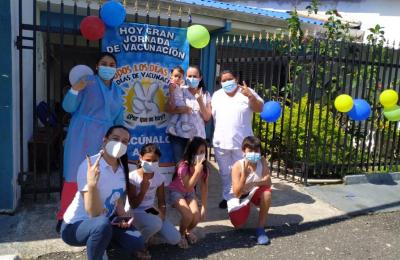Initiatives to reduce the waiting time to initiate oncological treatment: a scoping literature review
Objective.
To identify the managerial actions proposed and employed to reduce the waiting time to initiate oncological treatments in the public health system and its application in Latin America.
Method.
We searched seven databases in December 2020. Search terms were conceptualized into three groups: waiting time, cancer, and terms related to public sector. The eligibility criteria included theoretical or empirical academic articles written in English, Spanish, or Portuguese, that focused on managerial solutions to face oncological healthcare queues' dilemma.














